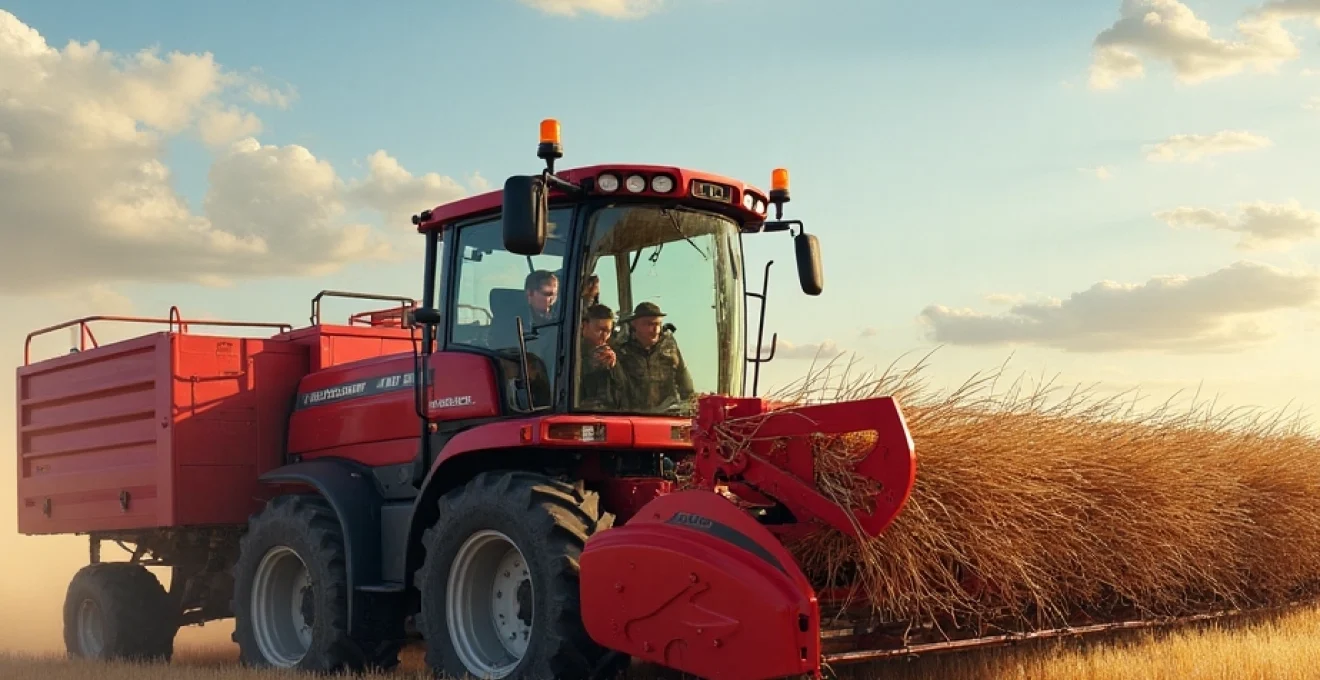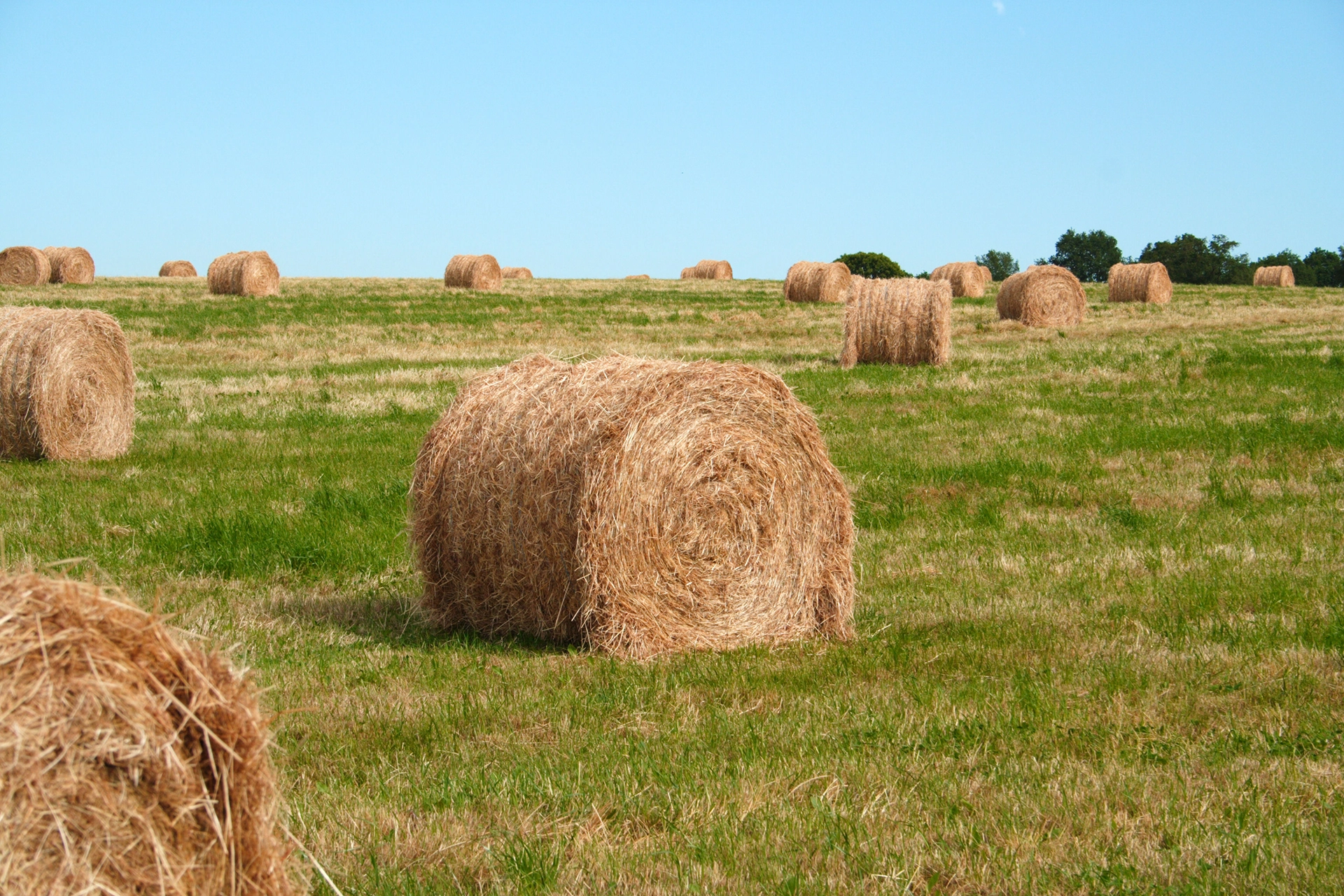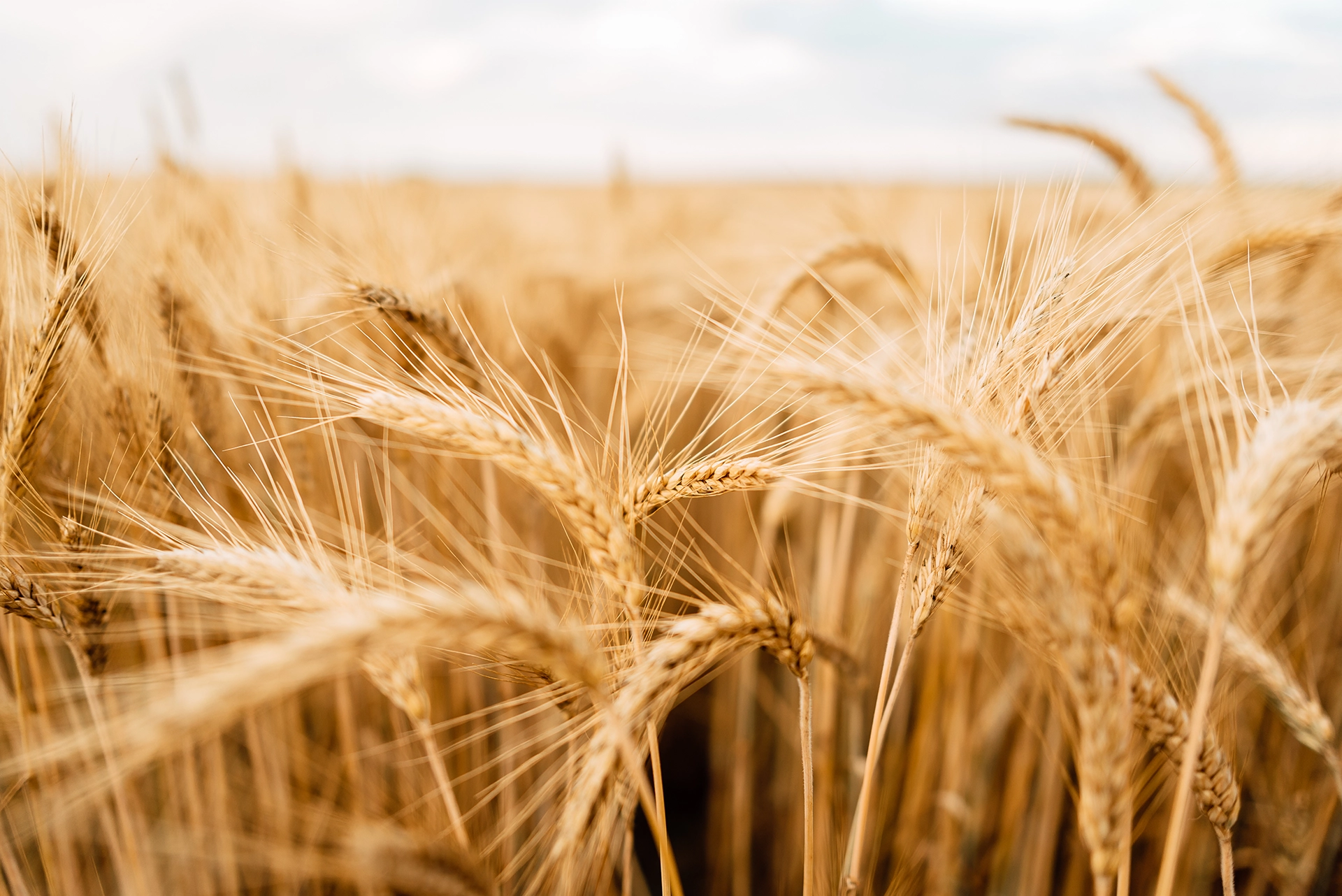
Straw blowers play a crucial role in modern agricultural operations, offering efficient solutions for bedding and feeding livestock. The choice between long straw and short straw blowers can significantly impact farm productivity and animal welfare. Understanding the distinctions between these machines is essential for farmers looking to optimize their straw distribution processes.
Straw length is a key factor in determining the most suitable blower for specific farm needs. Long straw, typically over 10 cm in length, requires different handling mechanisms compared to short straw, which is usually chopped to less than 5 cm. The versatility of straw blowers has evolved to meet diverse agricultural demands, with some models capable of handling both long and short straw effectively.
Types of straw blowers for different straw lengths
Straw blowers come in various designs, each tailored to handle specific straw lengths and farm requirements. The primary categories include dedicated long straw blowers, short straw choppers, and versatile machines that can process both types. Understanding these distinctions is crucial for selecting the right equipment for your farm’s needs.
Long straw blowers are engineered to handle unchopped or minimally processed straw, maintaining the integrity of longer fibers. These machines are ideal for traditional bedding applications where a thick, cushioned layer is desired. In contrast, short straw blowers incorporate chopping mechanisms to reduce straw length, suitable for more compact bedding or incorporation into feed mixes.
Dual-purpose blowers offer the flexibility to switch between long and short straw processing, catering to farms with diverse livestock needs or varying seasonal requirements. This versatility can be particularly valuable for operations that manage different animal species or adjust their bedding strategies throughout the year.
Long straw blowers: design and functionality
Long straw blowers are specifically designed to handle and distribute straw with minimal reduction in fiber length. These machines typically feature wide intake chambers and robust feeding mechanisms to accommodate large bales of unchopped straw. The emphasis is on maintaining straw structure while achieving even distribution across bedding areas.
A practical example of this design can be found in a mounted straw blower with turbine for telescopic handlers. This type of equipment combines a direct-driven turbine with a steady feed system that ensures smooth, uninterrupted straw flow. By propelling material evenly through a swiveling chute, it delivers precise coverage while minimizing dust and energy loss. Its ergonomic controls and automatic feed regulation make it particularly efficient for farms seeking to optimize both comfort and productivity.
Rotary drum technology in long straw blowers
At the heart of many long straw blowers is a rotary drum system. This technology consists of a large cylinder equipped with teeth or tines that gradually tease apart the straw bale. As the drum rotates, it feeds straw into a high-speed blower fan, which then propels the material through a discharge chute.
The rotary drum design is particularly effective for long straw as it minimizes clumping and ensures a steady flow of material. This consistent feed is crucial for achieving uniform coverage in livestock housing, reducing waste and improving bedding quality.
Teagle tomahawk: long straw specialist
The Teagle Tomahawk series is renowned for its proficiency in handling long straw. These machines employ a dual-chop system that allows for the processing of full-length straw while maintaining the option to produce a shorter cut when needed. The Tomahawk’s versatility makes it a popular choice among farmers who prioritize flexibility in their straw management practices.
Key features of the Tomahawk include a large capacity drum, adjustable blade configurations, and a powerful blower fan. These elements work in concert to deliver efficient long straw distribution, with the ability to project material up to 25 meters in ideal conditions.
Kuhn primor: High-Capacity long straw processing
Kuhn’s Primor range offers high-capacity solutions for farms dealing with substantial volumes of long straw. These machines are characterized by their ability to handle multiple bales simultaneously, reducing the frequency of reloading and increasing overall efficiency.
The Primor series incorporates a unique intake system that can accommodate round and square bales without pre-processing. This feature, combined with a wide discharge chute, enables rapid and even distribution of long straw across large areas, making it particularly suitable for extensive livestock operations.
Hydraulic drive systems for long straw blowing
Many modern long straw blowers utilize hydraulic drive systems to power their components. This approach offers several advantages over mechanical drives, including smoother operation, reduced wear on moving parts, and greater control over processing speed.
Hydraulic systems allow for precise adjustment of the drum rotation and blower fan speeds, enabling operators to fine-tune performance based on straw characteristics and desired distribution patterns. This level of control is especially valuable when working with varying qualities of long straw or in challenging environmental conditions.
Short straw blowers: mechanisms and features
Short straw blowers are engineered to process and distribute straw that has been pre-chopped or requires significant length reduction. These machines typically incorporate more aggressive cutting mechanisms to achieve the desired straw length, usually between 2-5 cm. The reduced fiber length allows for denser bedding and can be advantageous in certain livestock housing systems.
Flail-type choppers for short straw distribution
A common feature in short straw blowers is the flail-type chopper. This system consists of a series of swinging blades or hammers that rapidly rotate, cutting and shredding the straw as it passes through. The intensity of the chopping action can often be adjusted by altering the speed of the flails or the positioning of stationary counter-knives.
Flail choppers are particularly effective at producing a consistent short straw length, which is crucial for applications such as poultry bedding or as a feed component. The vigorous chopping action also helps to break down any clumps, ensuring a more uniform distribution.
Kverneland KD series: short straw efficiency
The Kverneland KD series exemplifies the capabilities of dedicated short straw blowers. These machines are designed with a focus on producing finely chopped straw for specialized bedding needs. The KD series incorporates a high-speed rotor with multiple blades, capable of processing straw to lengths as short as 12 mm.
One of the standout features of the KD series is its ability to maintain consistent chop length even with varying straw moisture content. This reliability is crucial for farms that require precise control over bedding material characteristics, such as those managing sensitive livestock or implementing strict biosecurity measures.
Dual-purpose blowers: adapting to straw length
Recognizing the diverse needs of modern farms, many manufacturers now offer dual-purpose straw blowers capable of handling both long and short straw. These versatile machines typically feature adjustable processing mechanisms that can be configured based on the desired output.
Dual-purpose blowers often incorporate interchangeable screens or adjustable counter-knives to regulate the degree of straw processing. This flexibility allows farmers to switch between long straw bedding for cattle and finely chopped material for smaller livestock or specialized applications, all with a single machine.
Comparative analysis: long vs short straw blowers
When evaluating long and short straw blowers, several key factors come into play. Long straw blowers excel in maintaining fiber integrity and producing a lofty, insulating bed. They are typically preferred for large livestock such as cattle, where a thick, cushioning layer is desirable. Short straw blowers, on the other hand, offer advantages in terms of material density and absorption capacity, making them suitable for poultry houses or as a component in total mixed rations (TMR).
Energy efficiency is another consideration. Long straw blowers generally require less power to operate as they perform minimal processing on the straw. Short straw blowers, with their more intensive chopping mechanisms, may consume more energy but can result in more efficient use of straw material overall.
Distribution range and precision also differ between the two types. Long straw blowers often achieve greater throwing distances, which can be advantageous in large barns or open yards. Short straw blowers typically offer more controlled distribution, allowing for precise placement in smaller spaces or when creating specific bedding patterns.
Straw blower selection criteria for farm operations
Choosing the right straw blower requires careful consideration of several factors specific to each farm’s operations. The decision between long and short straw processing capabilities should be based on a comprehensive assessment of livestock needs, facility layout, and overall farm management strategies.
Assessing straw length requirements
The primary consideration in selecting a straw blower is the desired straw length for your specific applications. Cattle operations often prefer longer straw for its insulating properties and ability to create a comfortable lying surface. Conversely, poultry farms typically require short, finely chopped straw to prevent clumping and maintain a dry environment.
It’s important to consider not only current needs but also potential future requirements. Farms with diverse livestock or those considering expansion may benefit from dual-purpose machines that offer flexibility in straw processing.
Farm size and blowing distance considerations
The scale of your operation and the layout of your livestock housing will significantly influence the choice of straw blower. Large-scale farms with expansive barns may require machines capable of projecting straw over greater distances, typically associated with long straw blowers. Smaller operations or those with more confined spaces might prioritize the precision offered by short straw blowers.
Consider the maximum throwing distance required and compare this with the specifications of potential machines. Some models offer adjustable chutes or multiple discharge options to cater to varying distance needs.
Integration with existing farm machinery
Compatibility with your current fleet of tractors or telehandlers is crucial when selecting a straw blower. Consider the power requirements, hydraulic capabilities, and physical dimensions of potential machines to ensure they can be effectively operated with your existing equipment.
Some straw blowers are designed as standalone units, while others can be integrated into multi-purpose feeding systems. Evaluate how a new straw blower will fit into your overall farm machinery ecosystem and workflow.
Cost-benefit analysis of specialised vs versatile blowers
When deciding between specialized long or short straw blowers and more versatile dual-purpose machines, consider both immediate costs and long-term benefits. Specialized machines may offer superior performance for specific tasks but could limit flexibility. Versatile blowers might come at a higher initial cost but could provide greater adaptability to changing farm needs.
Factor in operational costs such as fuel consumption, maintenance requirements, and potential labor savings. In some cases, investing in a more capable machine upfront can lead to significant efficiency gains and cost reductions over time.
Maintenance and optimization of straw blowers
Proper maintenance is crucial for ensuring the longevity and optimal performance of straw blowers, regardless of whether they are designed for long or short straw. Regular inspections and servicing can prevent breakdowns, maintain efficiency, and extend the lifespan of the equipment.
For long straw blowers, particular attention should be paid to the condition of the rotary drum and feeding mechanisms. Ensure that teeth or tines remain sharp and properly aligned to prevent uneven feeding or clumping. The blower fan should be regularly checked for balance and blade wear to maintain throwing performance.
Short straw blowers require vigilant maintenance of their chopping components. Flails or blades should be inspected frequently for wear and replaced as needed to maintain consistent chop length. Counter-knives and screens should be adjusted or replaced according to manufacturer specifications to ensure optimal processing.
Regardless of the type of straw blower, proper lubrication of all moving parts is essential. Follow the manufacturer’s guidelines for greasing intervals and lubricant types. Additionally, keep an eye on hydraulic systems, checking for leaks and maintaining proper fluid levels and cleanliness.
Optimizing straw blower performance often involves fine-tuning operational parameters based on specific farm conditions. This may include adjusting processing speeds, chute angles, or feed rates to achieve the desired straw distribution. Regular operator training can ensure that all staff members are capable of maximizing the machine’s capabilities while minimizing wear and potential damage.
By implementing a comprehensive maintenance program and continuously refining operational practices, farmers can ensure that their chosen straw blower, whether for long or short straw, remains a valuable and efficient tool in their livestock management arsenal.

